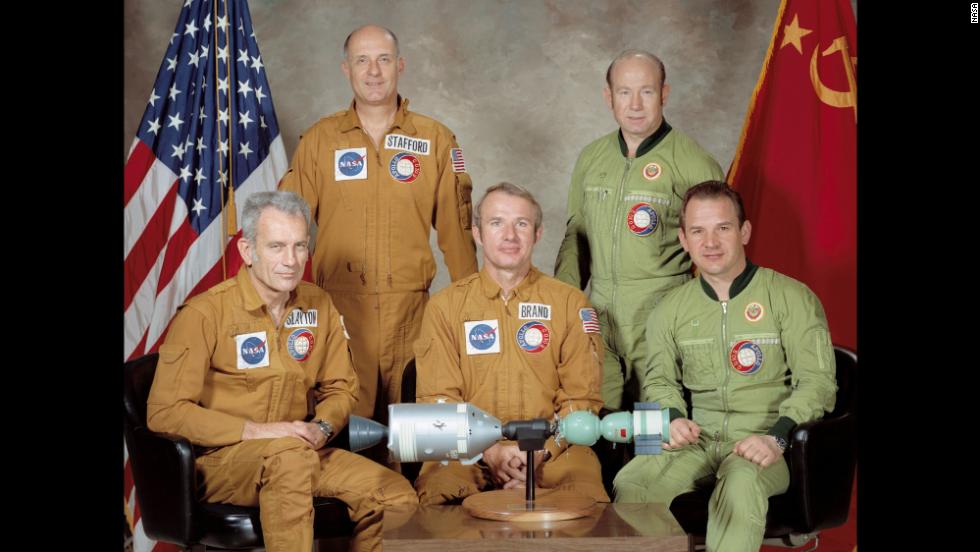
In fact, Rumsfeld is of the opinion that “space could be the next Pearl Harbour”. The base document for the upcoming space directive is the report of the January 2001 space commission, led by Donald Rumsfeld, which has recommended that the military should “ensure that the president will have the option to deploy weapons in space”. It is argued by a few analysts that since the US has failed to develop fool-proof technology for a missile defence shield, it is looking at space weapons as an ‘alternative’. So why is the US doing this? The official view is that since the US depends so heavily on space capabilities, it must remain prepared to confront adversaries on the high ground of space. Also, Bush is not likely to escape domestic criticism on the issue. This new approach will certainly be opposed by Russia, China and many of America’s allies.
#Space warfare american free#
It is anticipated that the coming directive would not openly call for militarising space but will talk of having free access to space in order to protect America’s space assets. If implemented, it would replace the policy articulated by the Clinton administration in 1996, which concentrated on the peaceful uses of space. This proposed change would mean a substantial shift in US policy. The US Air Force is seeking President Bush’s approval for a national-security directive that could move the US closer to weaponising space. Now it appears that the Bush administration wants to enhance this asymmetry by putting offensive and defensive weapons into outer space.


In all these wars, American space forces had an asymmetric advantage over their enemy - particularly in the arena of space reconnaissance and navigation. Space is considered the fourth dimension of warfare. Recent wars have proved that observation from space is an integral part of modern day conflict. AFRICA, LATIN AMERICA, CARIBBEAN AND UN.Memorandum of Association: Rules and Regulations.


 0 kommentar(er)
0 kommentar(er)
